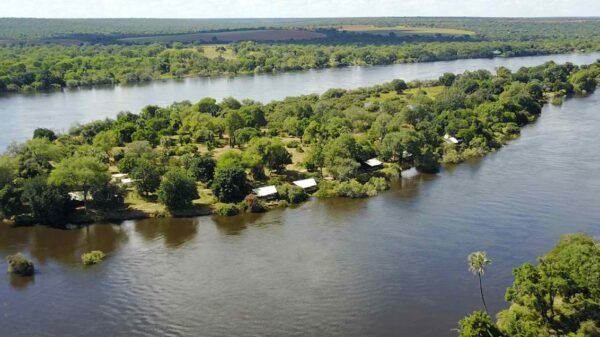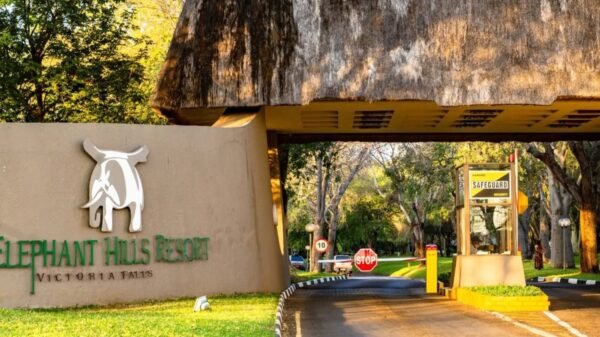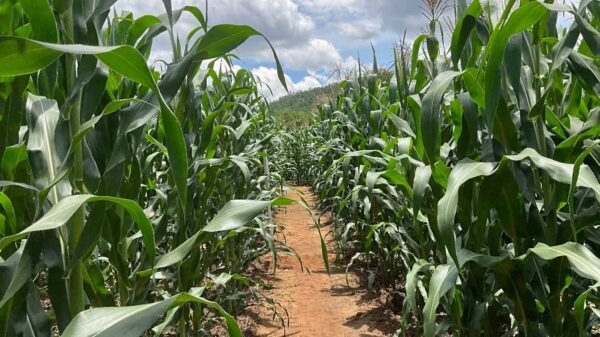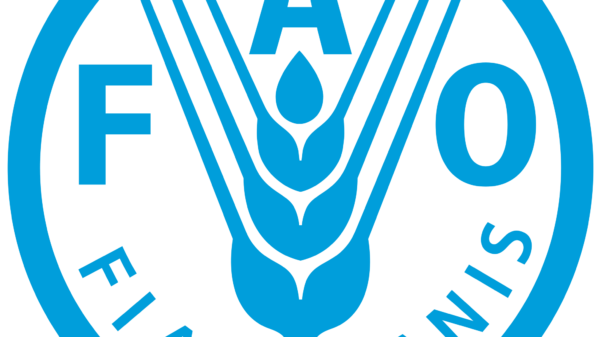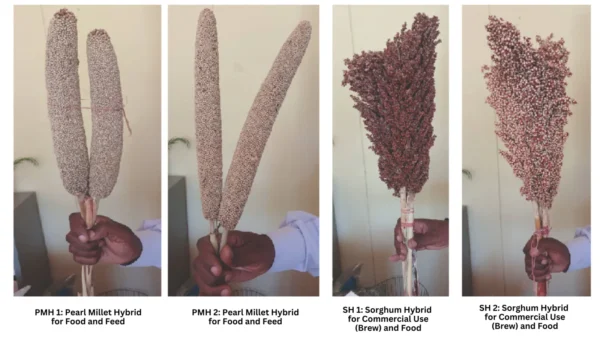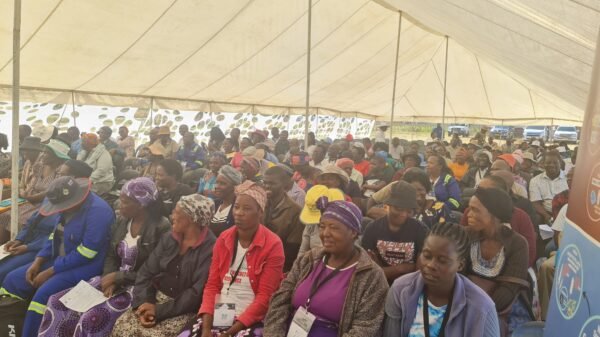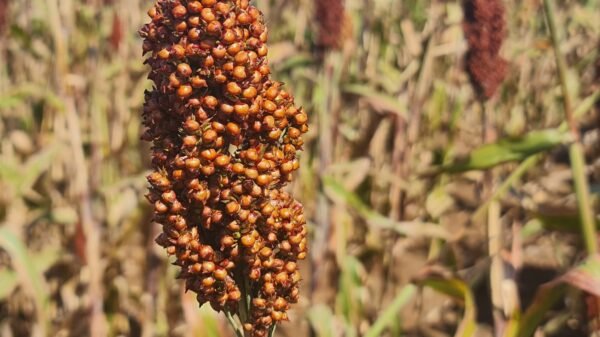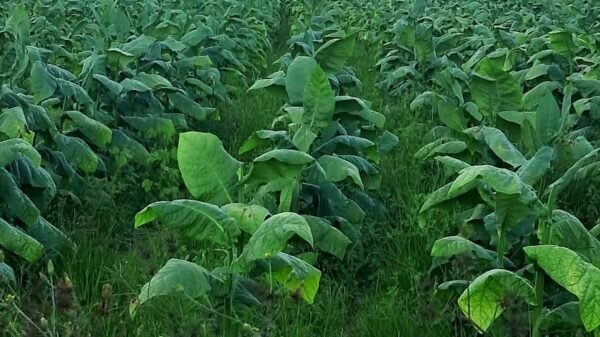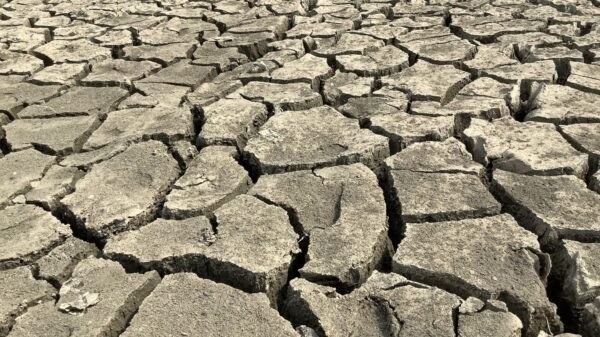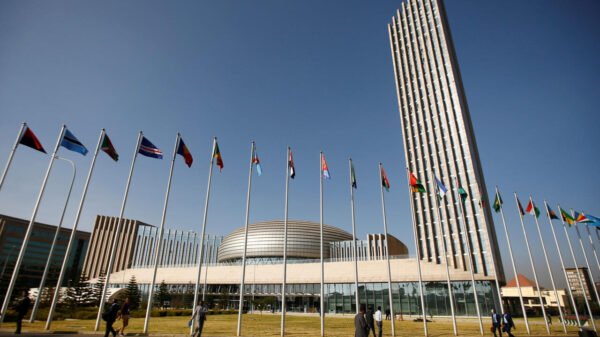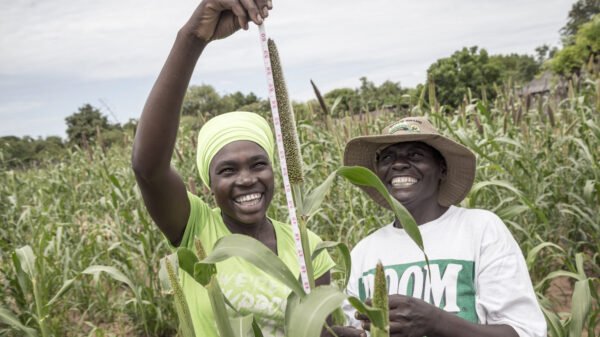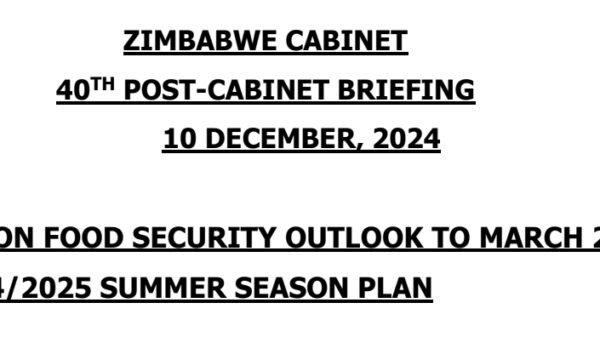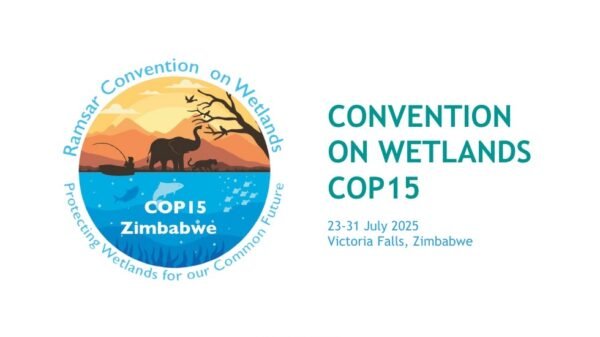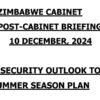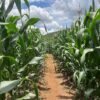THE Zimbabwean government’s First-Round Crops, Livestock, and Fisheries Assessment Report paints a picture of modest progress in the agricultural sector, despite the devastating aftermath of an El Niño-induced drought which left millions of people at the mercy of hunger and poverty.
But, as always, it has to be remembered that there is no shortage of glowing reports and blueprints in government offices. What matters most is implementation—and the country is the perennial victim of a uniquely Zimbabwean malady known as implementisis.
The report, whose compilation was led by the Zimbabwe National Statistics Agency, was presented to cabinet by Lands, Agriculture, Fisheries, Water and Rural Development minister Anxious Masuka on 25 February 2025.
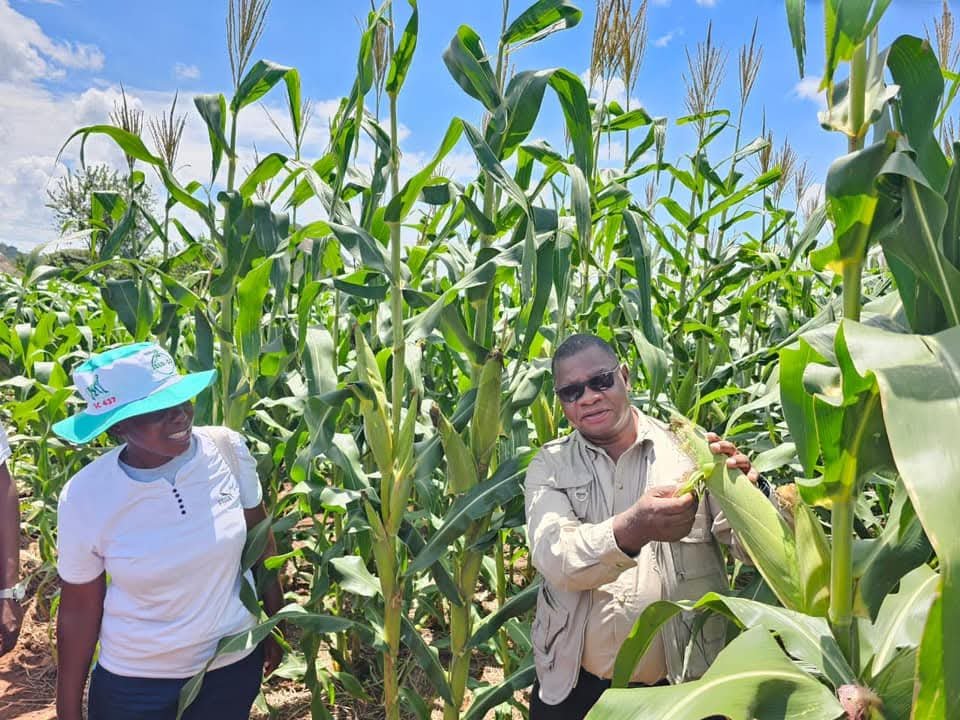
Thriving crop…Agriculture secretary Obert Jiri assesses a staple maize field. Picture credits: Ministry of Lands.
While the authorities are celebrating increased crop hectarage and livestock growth this summer season, questions remain about the sustainability of these gains and whether the proposed interventions will address the persistent structural weaknesses in the farming sector.
We must also ask whether government officials are paying sufficient attention to the threats posed by two important factors: sporadic outbreaks of army worm and other pests, and the difficulties related to leaching and waterlogging.
Mixed results in crop production
The report indicates an 8.1% increase in the area planted under staple cereals, exceeding the 2024/2025 season target. If the figure is correct, this is a positive development, suggesting improved land utilisation. However, hectarage alone does not guarantee food security—yields will ultimately determine success. Given the false start to the current season characterised by erratic rainfall, it remains uncertain whether increased planting will indeed translate to higher production.
The marginal increase in horticultural crops—from 11 952 hectares last season to 11 957 hectares—shows some resilience, particularly in perennials like blueberries, oranges, and coffee. However, the near-stagnant growth raises concerns about the sector’s ability to expand under climate stress.
Livestock ‘gains’ amid climate challenges
The government claims that the national beef herd grew by just 0.4%, a negligible increase that signals continued challenges, including drought and disease. This statistic deserves further scrutiny. Following the massive deaths of livestock in 2024, notably in the “beef heartland” of Matabeleland and Masvingo, it would take a remarkable leap of imagination to believe that the national cattle herd has actually grown. Dejected farmers in those provinces who have spoken to Food For Thought are still counting their losses. What is worse, the rainy season, although very much appreciated after the ruinous drought, has come with its own problems by way of livestock disease infestations.
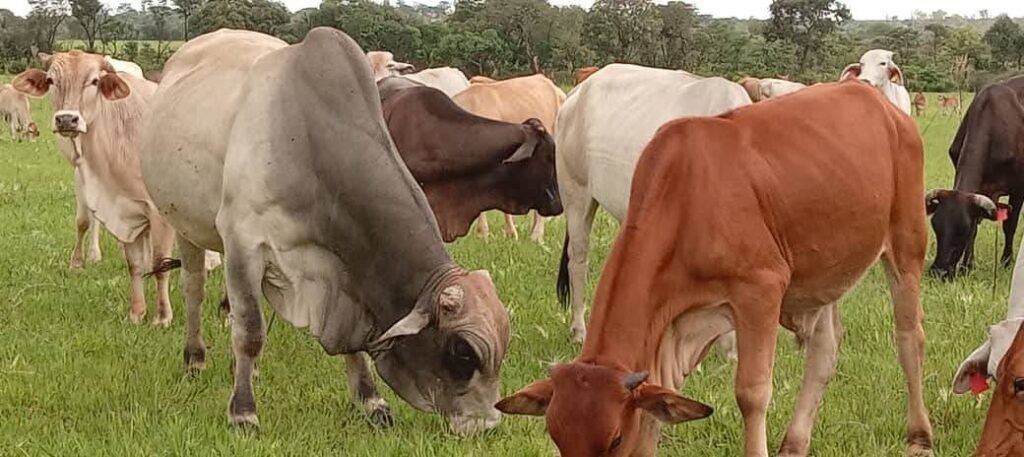
Doubtful…Has Zimbabwe’s beef herd really grown as claimed by the government?
The dairy sector, on the other hand, performed well, with an 8.7% increase in herd size and a 15% jump in raw milk production. This growth suggests that targeted interventions in the dairy industry could be yielding results.
Meanwhile, the Presidential Rural Poultry Scheme saw a dramatic expansion, with chick distribution jumping nearly fourfold. This is touted by officials as a game-changer for rural households if properly managed and sustained.
Policy proposals: Addressing climate risks and resilience
The government has proposed several interventions to address climate risks, including:
- Cloud seeding co-ordination to enhance rainfall patterns.
- Accelerating climate-proofing strategies through the Pfumvudza/Intwasa programme.
- Expanding irrigation coverage from 217 000 hectares to 496 000 hectares.
- Strengthening community participation in the Strategic Grain Reserve.
These measures, taken collectively, show a recognition of climate vulnerabilities, but we must add the caveat that their success hinges on effective implementation and funding. Irrigation expansion, in particular, is critical but will require significant private and public sector investment—an area where past government efforts have fallen short.
Looking ahead
While the crop assessment report highlights some progress, it also exposes the fragile nature of Zimbabwe’s agricultural sector. El Niño-induced droughts, erratic rainfall, and farmers’ failure to access capital continue to threaten food security.
In recent years, Zimbabwe has consistently featured among countries with the world’s highest food-price inflation. Hunger is endemic. This has serious implications for quality of life. A good harvest this season would translate to lower food prices, much too the relief of long-suffering citizens who face tough times this year following the withdrawal of humanitarian aid by Western countries including the United States, Britain and the Netherlands.

The government’s planned interventions are necessary, but they must be executed with efficiency and transparency. If this is not done, Zimbabwe risks falling back into a cycle of agricultural under-performance despite increased land utilisation.
The next round of assessments will be crucial in determining whether these policies translate to real improvements for farmers and consumers alike.–Staff Writer.

